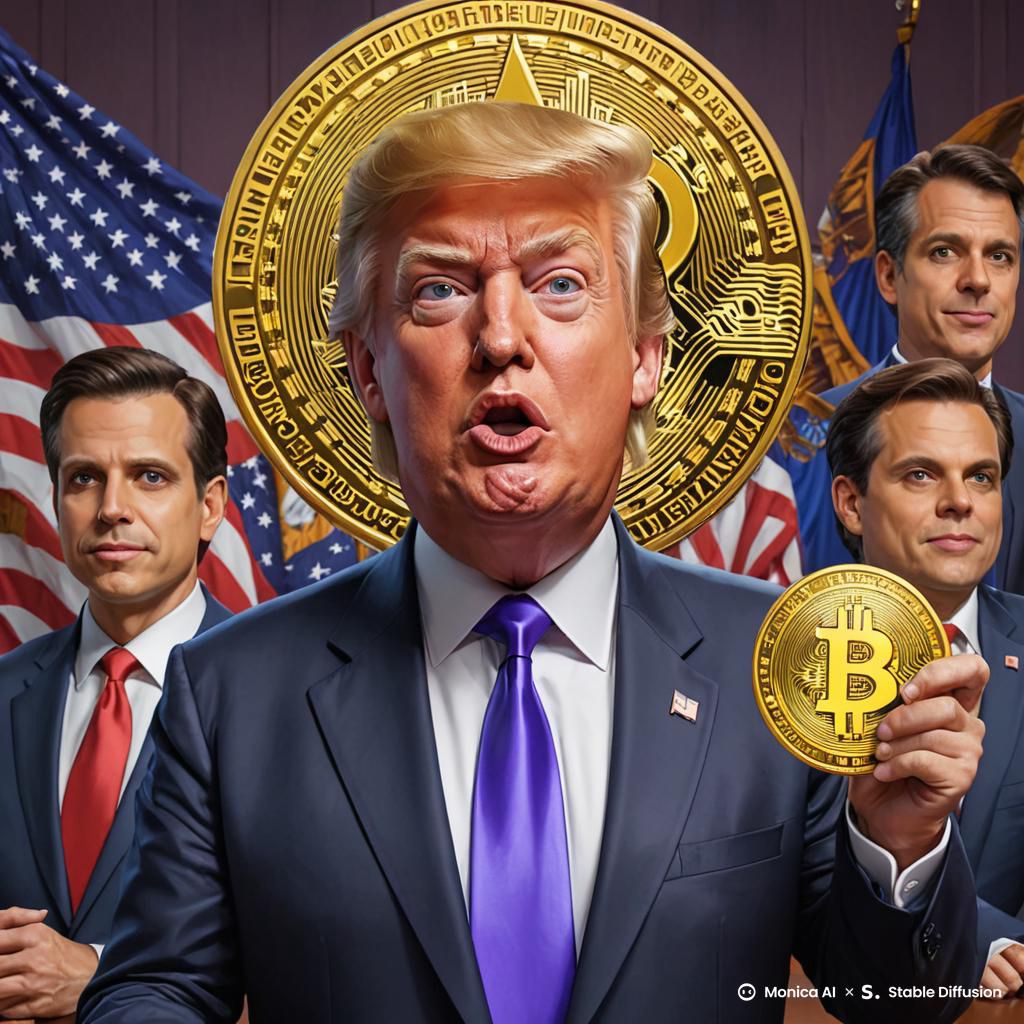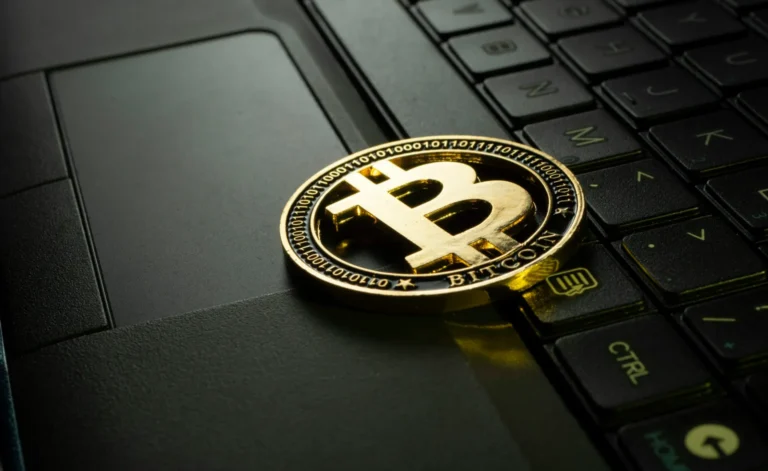
January 31, 2025 — In a notable shift in U.S. crypto policy, the Trump administration is reportedly laying the groundwork for a strategic Bitcoin reserve designed to garner bipartisan support. Former White House Communications Director Anthony Scaramucci revealed in recent interviews that the initiative aims to transcend political divides, ensuring that the framework for integrating digital assets into the nation’s financial strategy persists well beyond the current administration.
A Bipartisan Vision for Digital Assets
According to Scaramucci, the administration is pursuing a plan to establish a Bitcoin reserve that would be supported by lawmakers from both sides of the aisle. This effort, led by David Sacks—appointed as the administration’s crypto and AI czar—is intended to create a durable policy infrastructure that can withstand future political transitions. The goal is to build consensus on digital asset policies that promote innovation while maintaining regulatory oversight.
Shifting Policy and Market Implications
The proposed reserve comes as part of a broader pro-crypto agenda that has already had a tangible impact on market sentiment. Bitcoin recently surged past $109,000, reflecting strong investor confidence bolstered by the administration’s favorable stance toward digital currencies. Advocates of the new policy argue that a government-supported reserve could institutionalize Bitcoin, potentially paving the way for greater mainstream acceptance and integration into the financial system.
Concerns Over Government Involvement
Despite the optimistic outlook among crypto enthusiasts, the initiative has sparked concerns among some critics. Detractors warn that a state-endorsed reserve could lead to conflicts of interest and diminish public trust in cryptocurrencies. They also point to the risk of policy reversals should the political landscape change. These critics argue that while the reserve could stabilize the market in the short term, it might also lead to increased government interference in a sector that has traditionally thrived on decentralized control.
The Role of Key Figures
Central to this development is David Sacks, who has been tasked with spearheading the bipartisan effort. His role as the crypto and AI czar underscores the administration’s commitment to advancing technology and digital finance. Meanwhile, Scaramucci’s revelations highlight a proactive approach to bridging partisan divides on cryptocurrency issues—a strategy that could influence how future administrations engage with emerging technologies.
What’s Next for the Bitcoin Reserve?
If successful, the bipartisan Bitcoin reserve could serve as a cornerstone for a new era of crypto policy in the United States. Proponents envision a system where digital assets are not only protected but also promoted as viable components of the national financial architecture. For investors and market observers, the initiative offers both opportunities and challenges: while it may bolster Bitcoin’s legitimacy, it also introduces new layers of governmental oversight and potential market intervention.
As details of the initiative continue to emerge, stakeholders are advised to monitor further developments closely. The success of this bipartisan approach could set a precedent for future regulatory efforts, shaping the interplay between government policy and the evolving landscape of digital finance.





